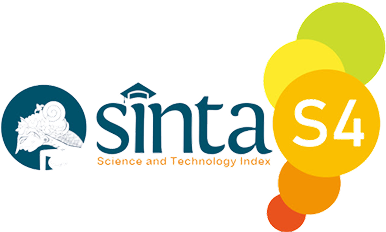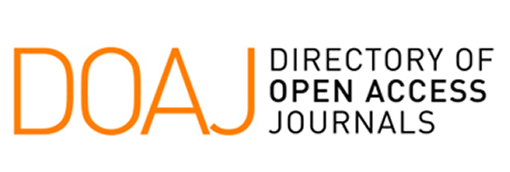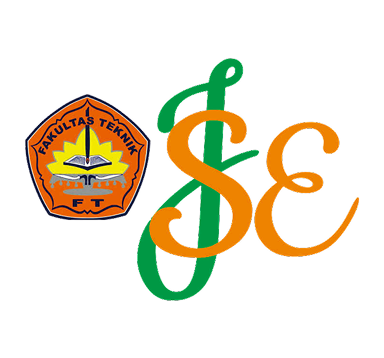Analisis Potensi Wilayah Layanan Lumpur Tinja Terjadwal Dengan Pendekatan Institusional (Studi Kasus: UPTD Kabupaten Bandung dan BLUD Kota Bekasi)
Keywords:
institutions, regional potential, ATLAS.Ti, UPTD, BLUD, LLTTAbstract
Clean water and sanitation are two things that cannot be separated users of drinking water or clean water will definitely produce waste water, no less than 85% of clean water turns into waste water. Indonesia has a percentage of adequate sanitation services at 74.58%, including 7.42% for safe sanitation. These figures are accompanied by a high percentage of open defecation practices, approximately 9.36%, equivalent to 25 million people, which places Indonesia as the third highest in the world for open defecation rates. Households that have access to sanitation are those connected to the Wastewater Treatment System (SPAL), which is pumped and disposed of at the Fecal Sludge Treatment Plant (IPLT). 272 IPLTs built in 2018, only 8 are operating optimally. Local governments establish a regional entity as a service provider (operator), which can take the form of UPTD, BLUD, and BUMD. This research aims to identify performance indicators for each institution, identify regional potential for each institution, recommend strategies and analyze the business model of each institution. The analysis used in the research was to obtain regional potential using the interview method. Data analysis using the ATLAS.Ti application was then analyzed narratively. The results are useful for knowing strategic recommendations for Waste Water Treatment Systems (SPAL) and business development for each institution.












